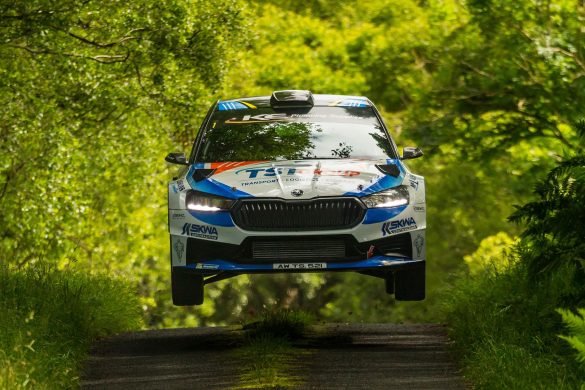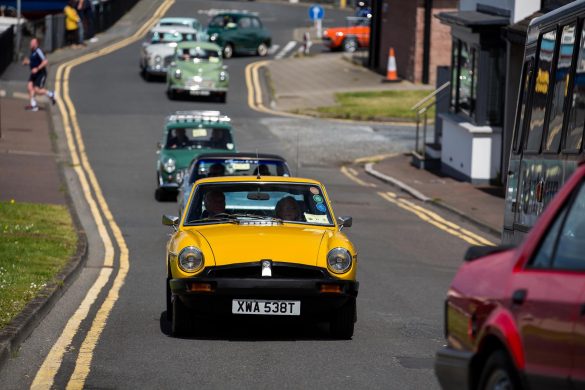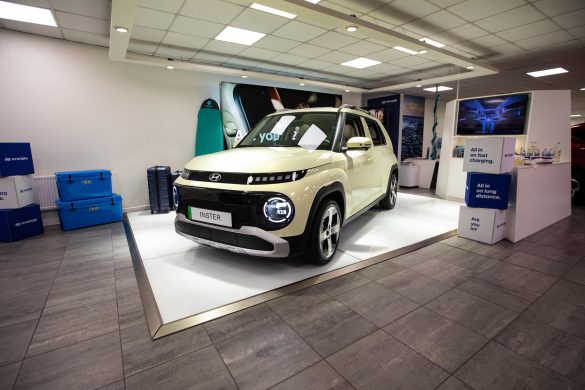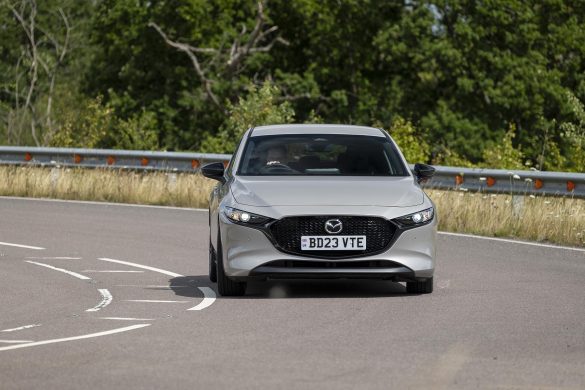Last year Honda launched an all-new model named the ZR-V which sits between the more affordable and smaller HR-V and the makers much more family friendly and subsequently more expensive CR-V.
All coming with Hybrid powertrains, the HR-V starts from just over £30,000, with the range topping Plug-in Hybrid CR-V starting from almost £54,000. The all-new ZR-V starts from just shy of £40,000 and aims to offer owners the compact size of the HR-V but with the practicalities of the CR-V.
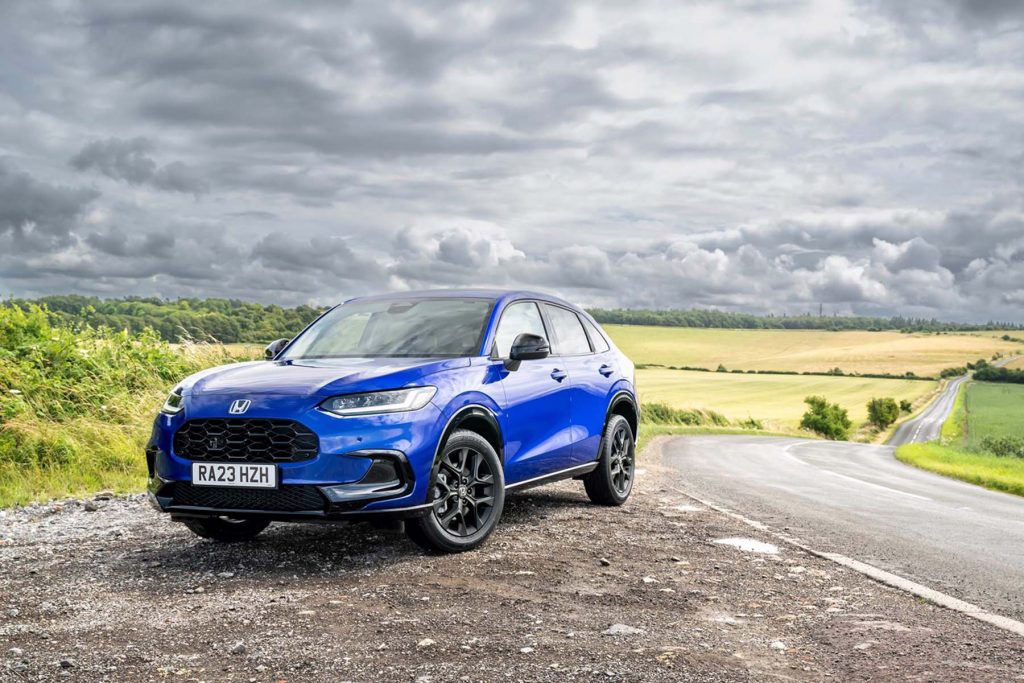
Built upon the underpinnings of the Honda Civic, the ZR-V shares all that is good about Honda’s flagship passenger car. The Civic has proved itself time and time again that it is a versatile and super-spacious family lugging machine, so hopes are high for the ZR-V.
As the global automotive industry moves to electrification, the ZR-V features the same gearbox-less 2.0-litre four-cylinder self-charging hybrid powertrain as the Civic, allowing it a good fight against the likes of Nissan’s Qashqai, or Korean SUV’s such as the Tucson or Sportage.
Having spent a week with the ZR-V, there is every chance it could grab the attention of drivers of some more seemingly high-end marques, thanks to its well-finished cabin and abundance of technology.

Priced from £39,495 the Honda might prove a stretch for those moving from the more popular SUV’s of this size, but it provides a saving for those moving from some German rivals. It’s equipment and quality see’s the ZR-V sit in the middle ground of this busy segment with regards its pricing.
Key features of the most affordable ‘Elegance’ trim include Honda SENSING, front and rear raking sensors, 18-inch alloy wheels, rear-view camera, Honda CONNECT with navigation, Keyless entry and start, digital drivers display, adaptive cruise control, and heated front seats.
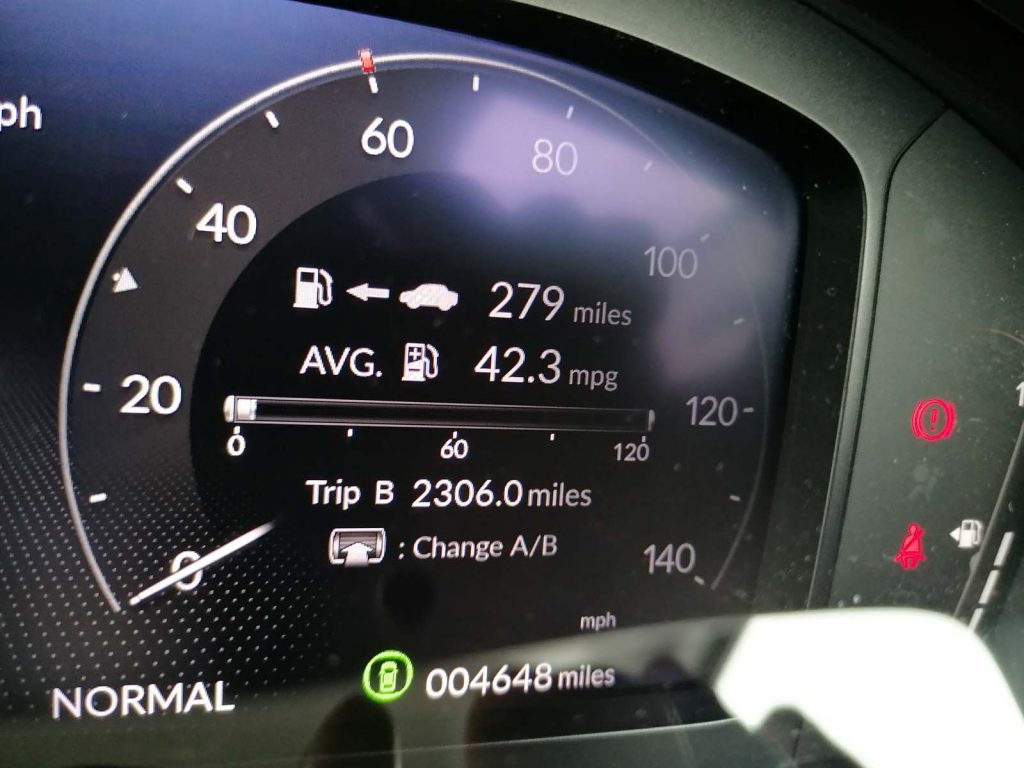
Also featuring as standard is LED lights, wireless Apple CarPlay, and an abundance of safety equipment including collision mitigation braking system, collision mitigation throttle control, electronic brakeforce distribution, intelligent speed limiter.
Lane departure warning, lane keeping assist system, low speed braking system, low speed following, road departure mitigation, traffic jam assist, traffic sign recognition system, and vehicle stability assist.
Priced from £41,095 is the ‘Sport’ trim which adds power tail gate, privacy glass, wireless charger, sports pedals, half-leather upholstery, and electric front driver seat adjustment.

Finally, the range topping ‘Advance’ starts from £42,895 and adds adaptive driving beam, panoramic glass roof, heated steering wheel, full leather upholstery, rear heated seats, head up display, and premium Bose audio.
Engine wise, the ZR-V is equipped with only Honda’s i-MMD petrol hybrid unit which has a combined output of 186hp with 135Nm or torque. Driving as an EV for most of the time, when at low speeds, the petrol engine is no slouch when you hit the open road.
A claimed 0-62mph speed of 7.8 seconds means that the ZR-V isn’t exactly slow. And with a combined economy of almost 50mpg claimed, it’s easy on the wallet. That said, it averaged just 42mpg during its week with me.
Without a traditional gearbox, Honda’s clever technology pairs the engine directly to the front wheels through a clutch for a seamless top-up of the electric motor’s power. It’s infinite;y better than a CVT ‘box, and with simulated gears, you’d not know when driving that it’s not ‘normal’.
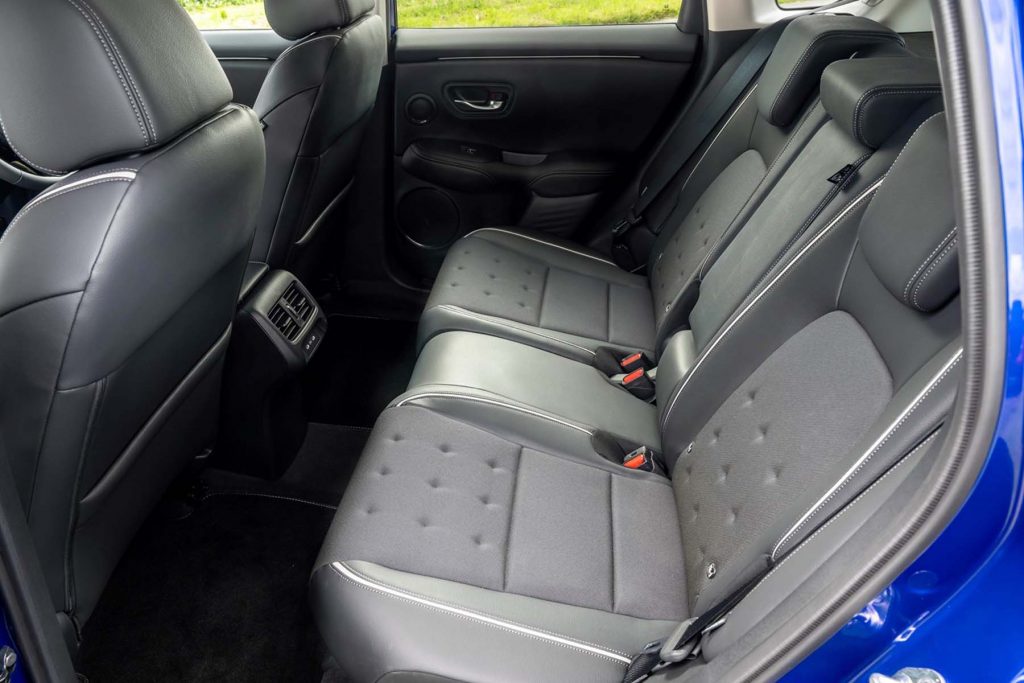
As one of the best handling SUV’s in its class, the ZR-V provides a quality ride that is uncompromised thanks to perfectly dialled suspension that copes with the weight of the EV gubbins just perfectly.
There is definitely room in this segment for the ZR-V. The model tested, a Sport model featuring Still Night Pearl paint, comes in at £41,745.



